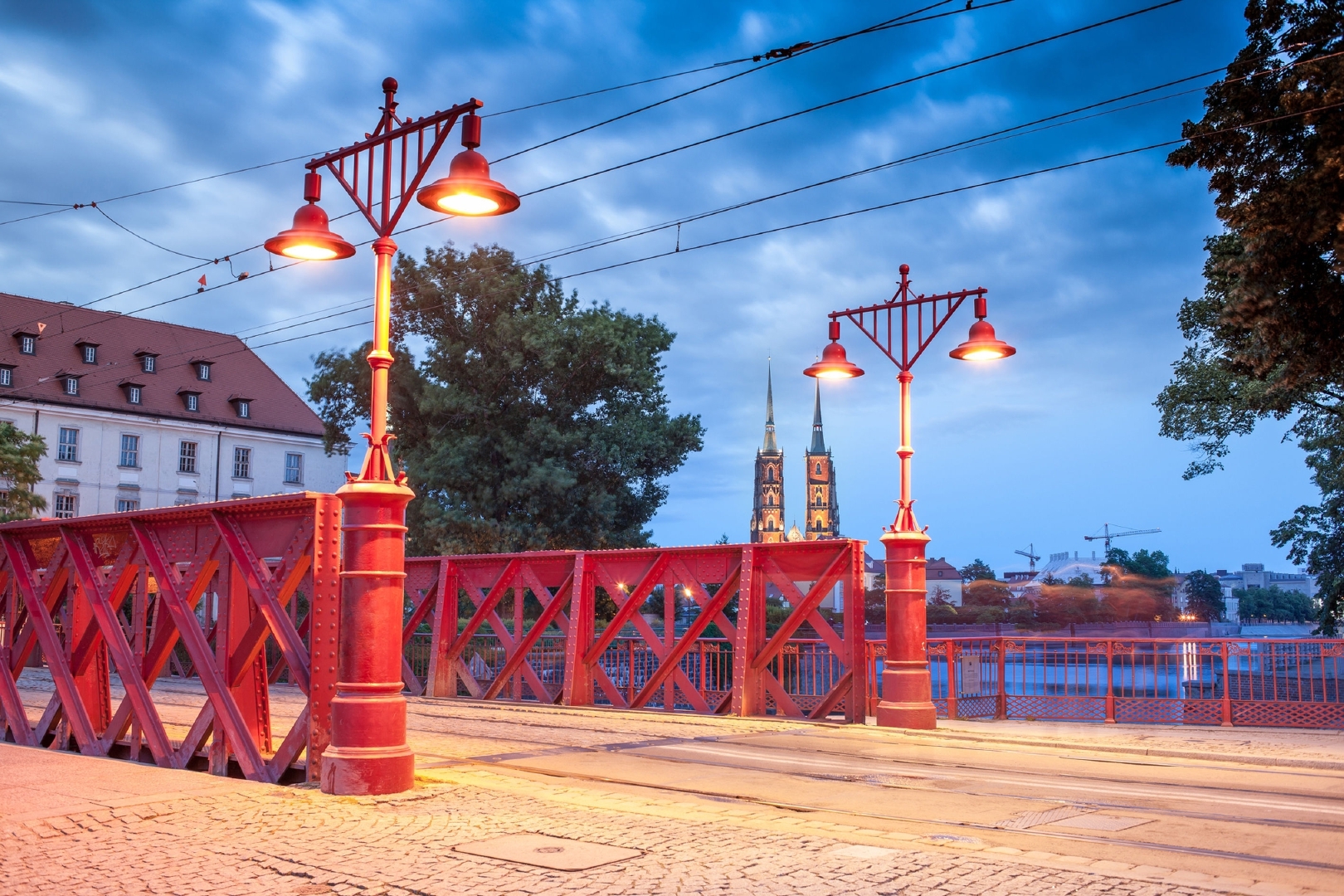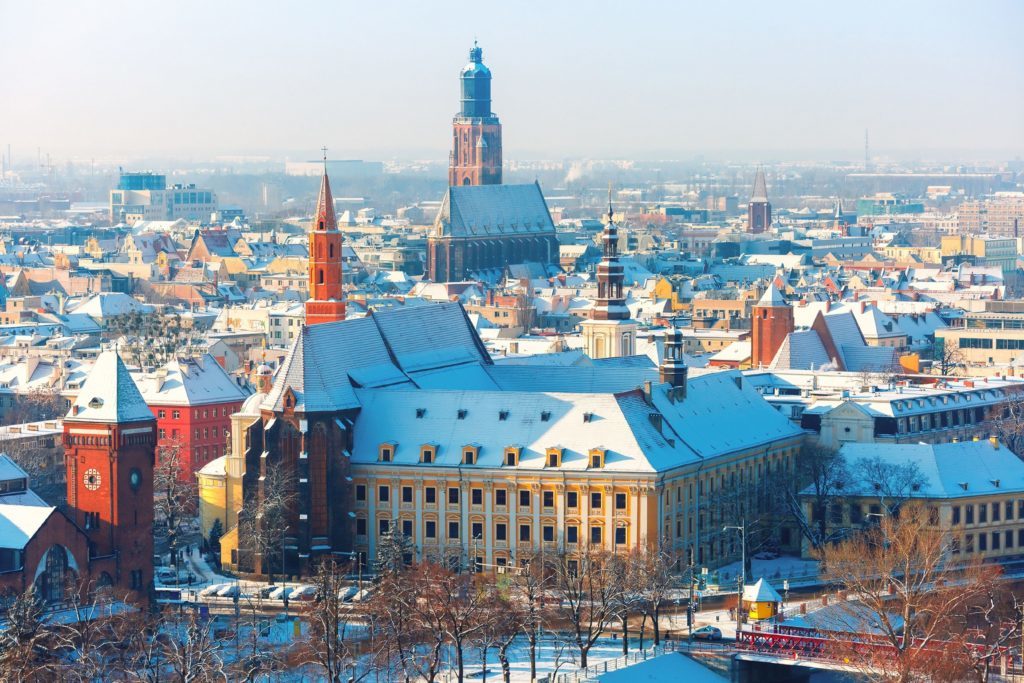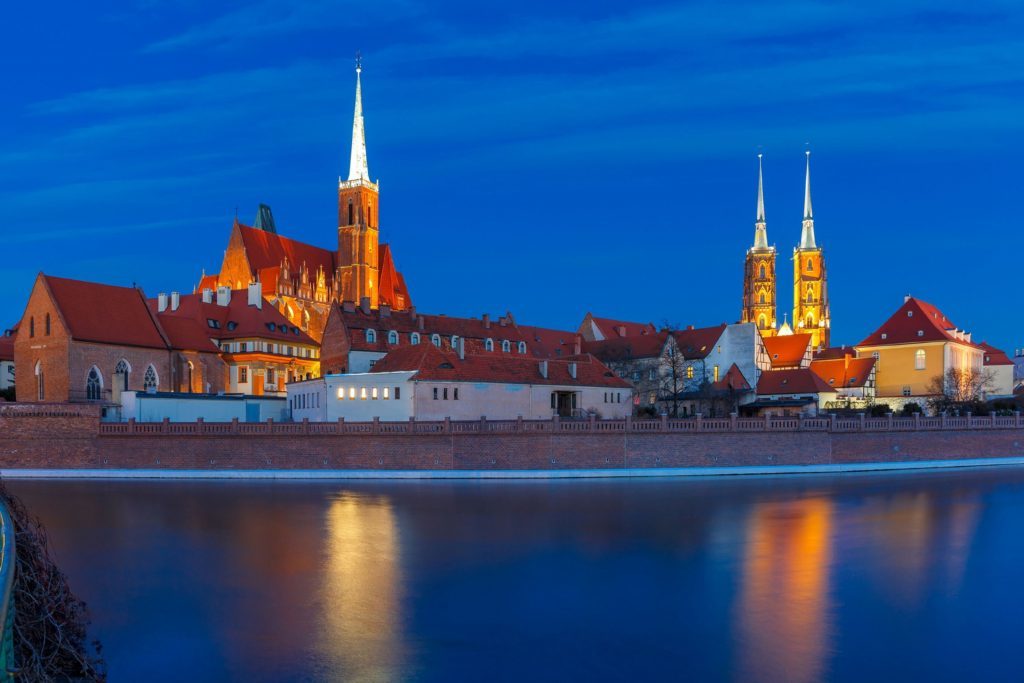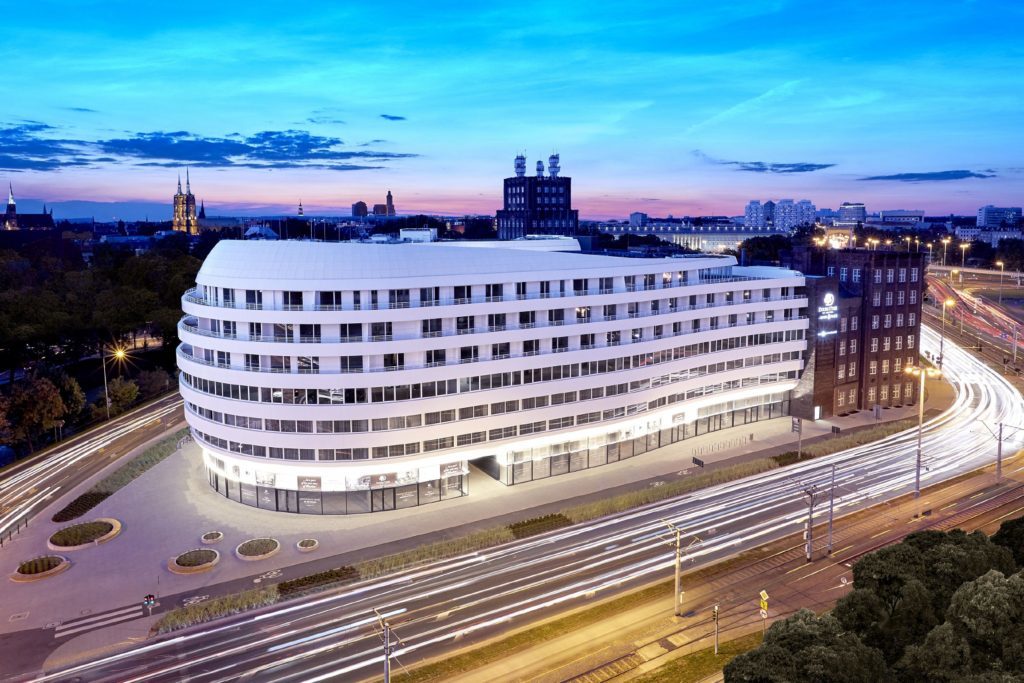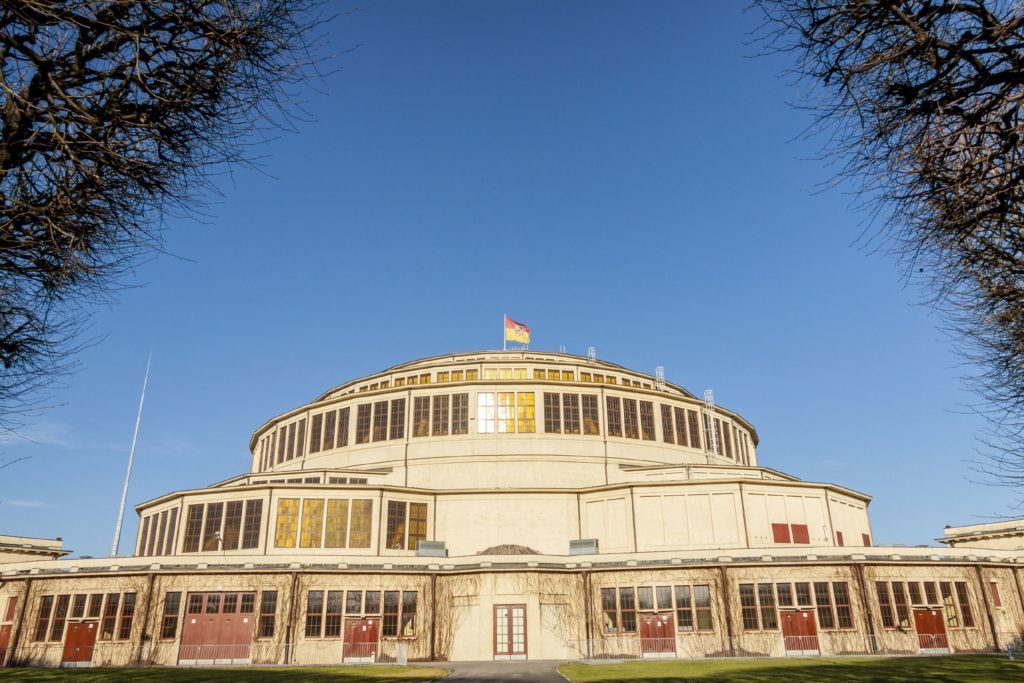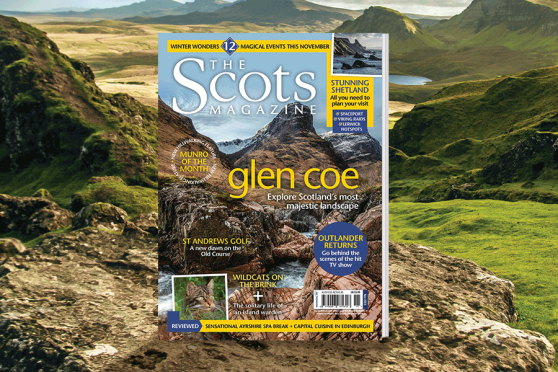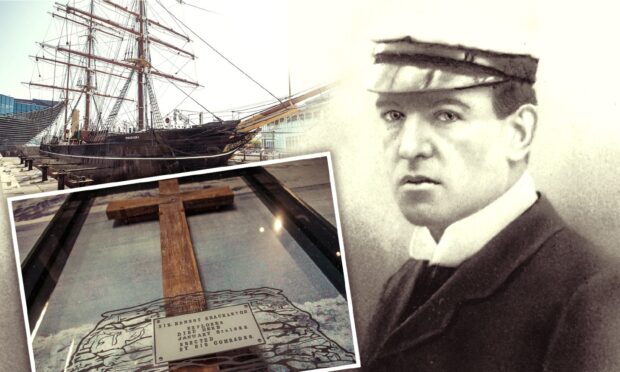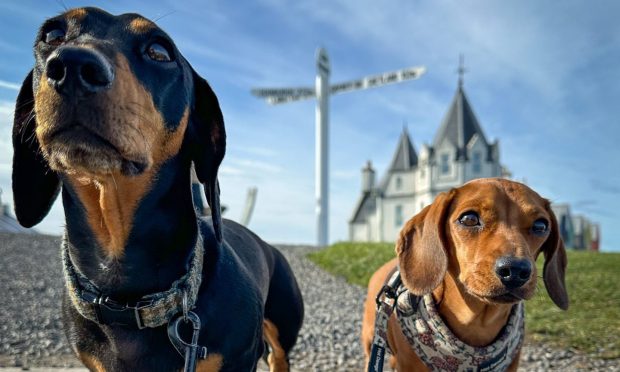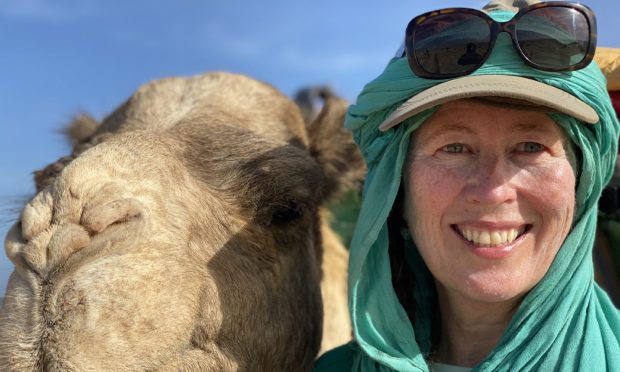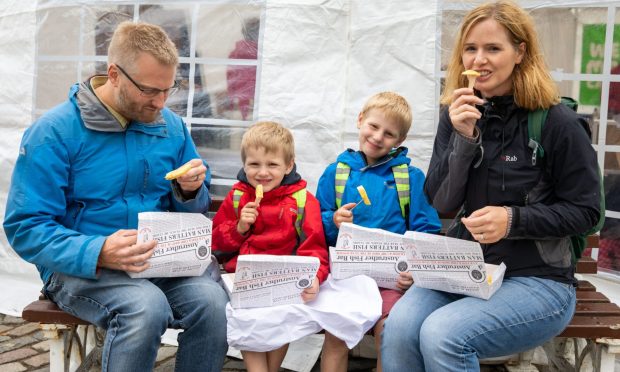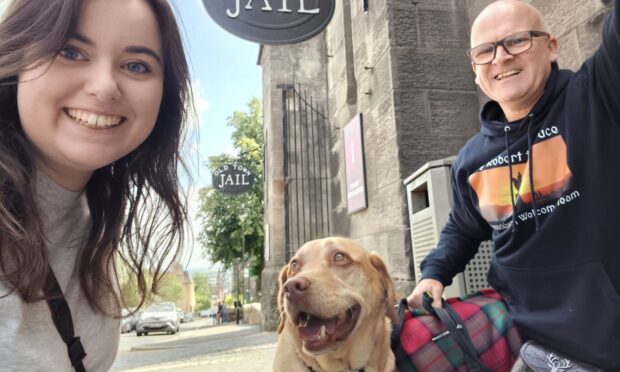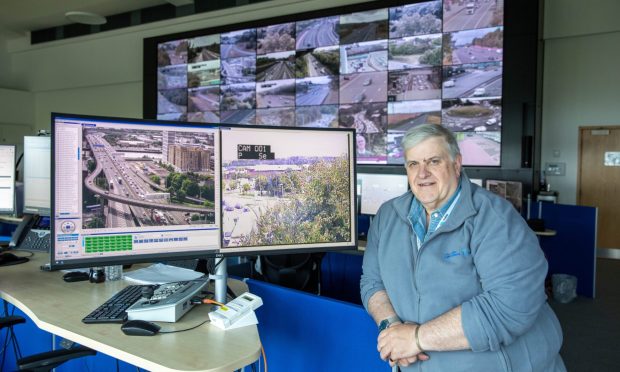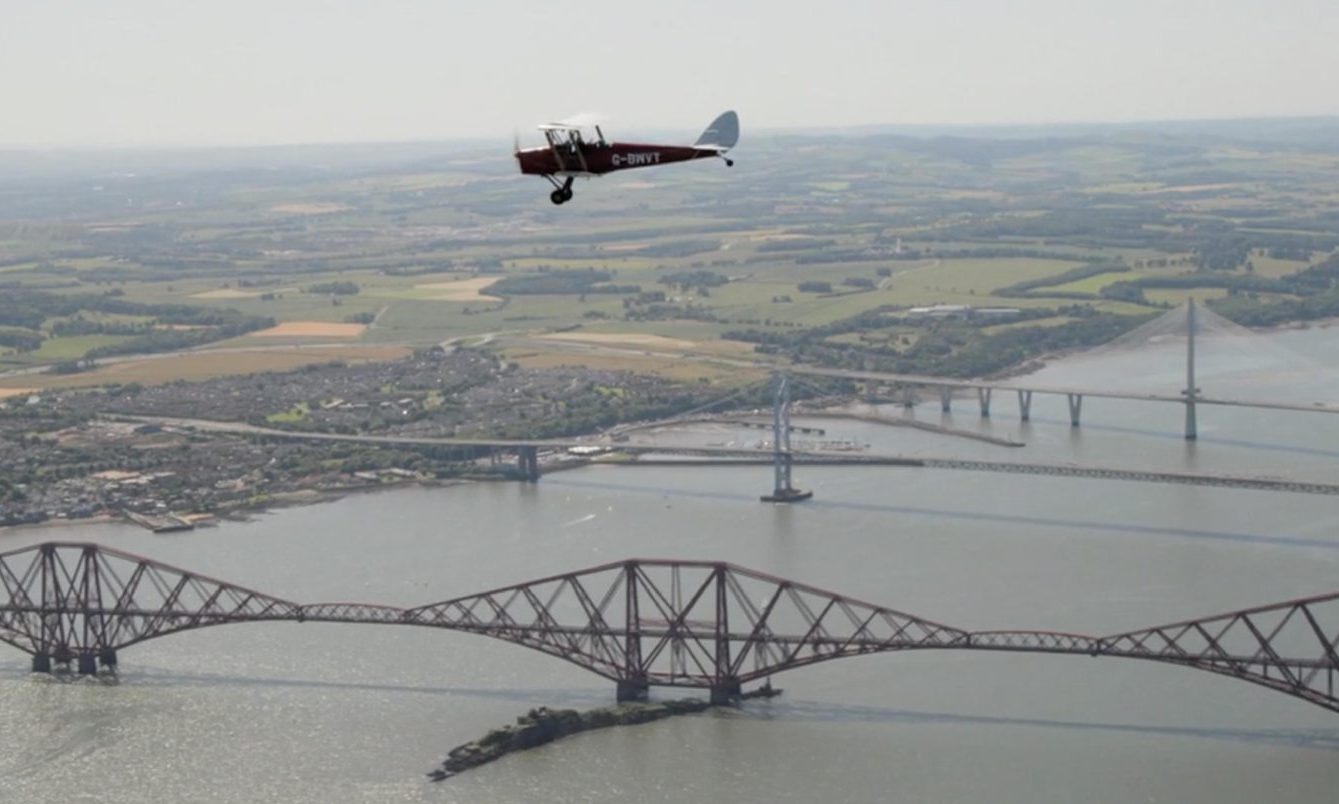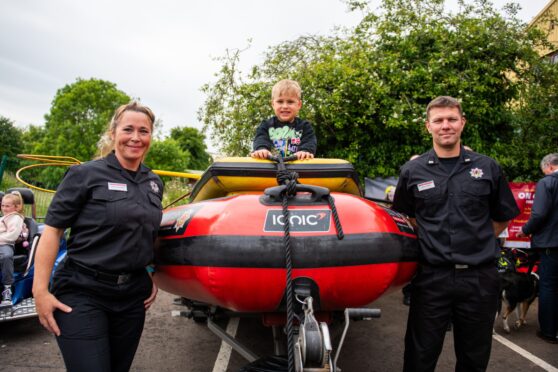As Wroclaw nears the end of its stint as European Capital of Culture, Karen Bowerman explains why the Polish city is worthy of a visit
It’s a tricky city to pronounce, presuming you’ve even heard of it, but once you’ve nailed its name, Wroclaw (pronounced Vrots-Vaaff) in southwest Poland, is easy enough to visit, especially for a short break.
It’s less than a two-hour flight from the UK, served direct by budget airlines (airports include Luton, Bristol and Liverpool) and is remarkably good value, with a pint of beer or a cappuccino costing just over £1 each.
Wroclaw, presently European Capital of Culture, is itself the capital of the province of Lower Silesia. It’s made up of 12 islands, connected by more than 130 bridges and plenty of cycle paths.
I hire a bike from my hotel, the new Doubletree by Hilton, a striking, elliptical building close to the Old Town, and cut through the leafy Slowacki Park to the ivy-covered National Museum overlooking the river Oder.
The museum’s home to Silesian paintings, silverware and ceramics, but keen to enjoy the mild autumnal weather, I cycle on, passing pleasure boats, cafes and families out for a stroll.
I pick a bridge – which happens to be Most Piaskowy (Sand Bridge), the oldest in Wroclaw – cross over and find myself on Ostrow Tumski (cathedral island), known for its religious buildings, dominated by the twin spires of Wroclaw Cathedral. Stone statues of lions flank the entrance. One is almost worn away; the other is largely intact. I learn later that the former was the statue women would touch if they wanted to be married within a year. The other was for would-be grooms.
I bump over the island’s cobbled streets to Tumski Bridge, where romance rears its head again; the bridge’s railings are covered in padlocks attached by couples keen to demonstrate everlasting love, by tossing the keys into the river.
Back in the Old Town, I join a walking tour, beginning at The Rynek, a pedestrianised market square, lined with gabled houses with decorative facades and open-air cafes selling traditional Zywiec beer.
Our group’s guide, Michal Filarowski, explains the city was largely destroyed during the Second World War, and that none of the medieval-style buildings are original.
As we wander around, I spot two of the city’s quirkiest tourist attractions: a couple of bronze dwarfs.
The mischief makers are a nod to the Orange Alternative, an anti-communist movement that used nonsensical slogans to ridicule the regime in the Eighties. When the authorities painted over anti-government graffiti, the movement painted dwarfs instead.
Papa Krasnal (Papa dwarf), an official monument to the movement, was erected decades later. Soon afterwards, businesses, noting Papa’s popularity, created specialist dwarfs of their own.
You’ll now find dwarf beauticians, butchers and bakers. I even meet a bespectacled fellow dressed in a striped scarf at the university gates.
I finish with a coffee in the city’s indoor market. Its vaulted ceiling is said to have inspired Wroclaw’s architectural landmark, the domed 20th century Centennial Hall.
I sit surrounded by fruit, vegetables and massive displays of flowers. But I’m most intrigued by the mushrooms, collected from forests across Lower Silesia.
One stallholder talks me through his offering; there are kurki, borowiki, podgrzybki and prawdziwki – all delicious, but utterly unpronounceable, of course!
WHERE TO STAY
:: Doubletree by Hilton, www.wroclaw.doubletree.com
Occupying the first two floors of the oval-shaped OVO complex in the heart of the city, this striking, modernist, five-star hotel opened its doors in August. It has white, curvaceous walls, smooth lines, arched ceilings and walnut finishes. The lobby merges in the lounge bar and restaurant and there’s an outdoor terrace with a grassy courtyard. A pool and spa is due to open in December. The hotel is the only one in Wroclaw with an Executive lounge, offering breakfast, complimentary canapes and pre-dinner drinks.
Doubletree by Hilton is 11km from Copernicus airport (the hotel can provide a limousine shuttle service) and a few minutes’ walk from the nearest tram stop. The Old Town market square and National Museum are a 10-minute stroll away.
There are 189 rooms, many overlooking the city’s Slowacki Park. Standard doubles cost from 379 PLN (£79) per night including breakfast.
WHERE TO EAT
:: JaDka, www.jadka.pl
Housed in vaulted, medieval cellars, JaDka specialises in traditional and contemporary Polish cuisine. Tables are draped with starched white tablecloths featuring traditional Silesian embroidery. Dishes include pierogi (polish ravioli, filled with mushrooms or veal), and pike perch with pearl barley and spinach. But most people order roasted duck served with apple, potato dumplings and fried beetroots (86 PLN; £17). Portions are generous; expect half a bird each!
:: Ovo Restaurant, www.facebook.com/OvoBarAndRestaurant
The Ovo restaurant at Doubletree by Hilton serves tapas (salmon pakora, pulled pork, marshmallow and seaweed) from 9 PLN each (£1.80), alongside Mediterranean and modern Polish cuisine. The atmosphere is informal and service is prompt and polite. If you fancy a pre-dinner cocktail, the bar has all the classics; or how about an Ovo Spritz (35 PLN; £7) – a sweet-tasting concoction of tequila, aperol, pink grapefruit and prosecco, created by the hotel’s mixologists. The airy restaurant serves steak, lamb cutlets and fried octopus salad, but the chef’s signature dish, a hearty helping of wild boar with artichoke puree (65 PLN; £13), is a must.
WHERE TO DRINK
:: OKWine Bar, www.okwinebar.com/en
Run by local TV presenter and wine buff, Katarzyna Obara, this bar and restaurant is white, bright and modern, with a terrace overlooking the river. It has more than 2,000 wines to choose from, with a list that includes international favourites and vintages from Georgia, Canada and Lebanon. There are even a few bottles from Lower Silesia.
:: Browar St Mostow, www.100mostow.pl/en
If beer is your thing, you’ll love this craft brewery where you can sit above the vats and enjoy a very local pint. During communist times, the brick building used to be a movie theatre for workers at a local manufacturing plant. The brewery serves a selection of ales and wheat beers, and has just started producing Schops – a 16th century wheat beer for which Wroclaw was once famous.
WHAT TO SEE
:: Panorama Raclawicka, www.panoramaraclawicka.pl
At 114m long and displayed in a rotunda, this impressive painting depicts the battle for Polish independence fought near Raclawice in 1794. Creative lighting and the use of life-size 3D models, so that, for example, a fence in the painting becomes a fence in “real life,” make you feel as if you’re really part of the battle.
The panorama was painted in the late 1800s and transferred to Wroclaw after World War II, but communist authorities refused to display it because it showed the defeat of Russia, Poland’s then ally. The work didn’t go on show until 1985. Entrance is by guided tour.
:: Afrykarium www.zoo.wroclaw.pl
This part zoo, part aquarium, is home to fish, fur seals, penguins, hippos, manatees and more – all of which are found in various regions of Africa. Wander through a rainforest typical of the Congo, spot fish from Lake Malawi, crocodiles from the Nile and admire sharks swimming overhead in the building’s 18m water tunnel. Despite its odd name, the attraction has doubled the zoo’s numbers to around two million visitors since it opened in 2014.
:: The Centennial Hall www.wroclaw.pl/en/centennial-hall-hala-stulecia
Officially recognised by Unesco as a World Heritage Site, this monstrous concrete, domed building just outside the city centre is a sports and music venue, with an auditorium that seats 6,000. Built in 1913, its roof is 65m in diameter, a huge feat in its day. A museum explains how it was built as an exhibition space. The hall sits in picturesque grounds with fountains and a Japanese garden.
TRAVEL FACTS
:: Karen Bowerman stayed at the DoubleTree by Hilton Hotel Wroclaw; rooms start from £79 per night when booking direct at www.wroclaw.doubletree.com
